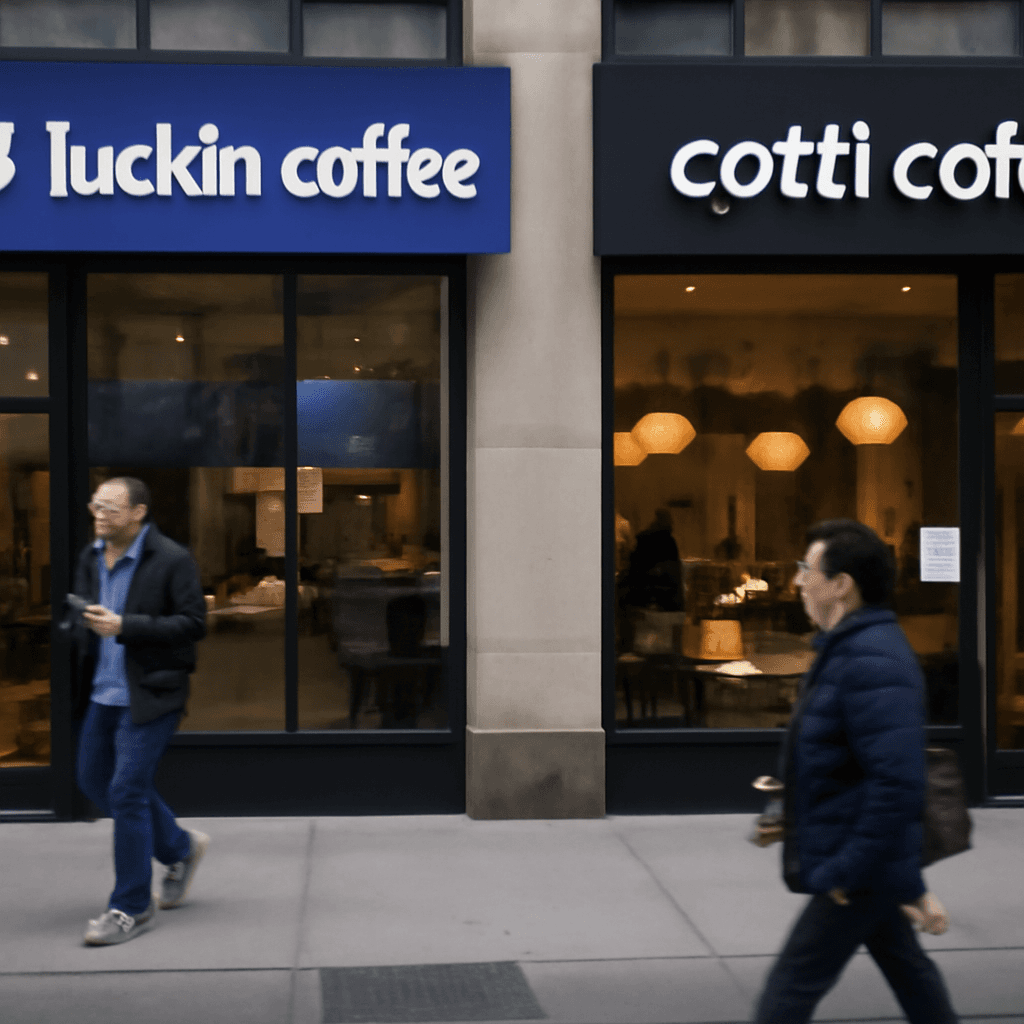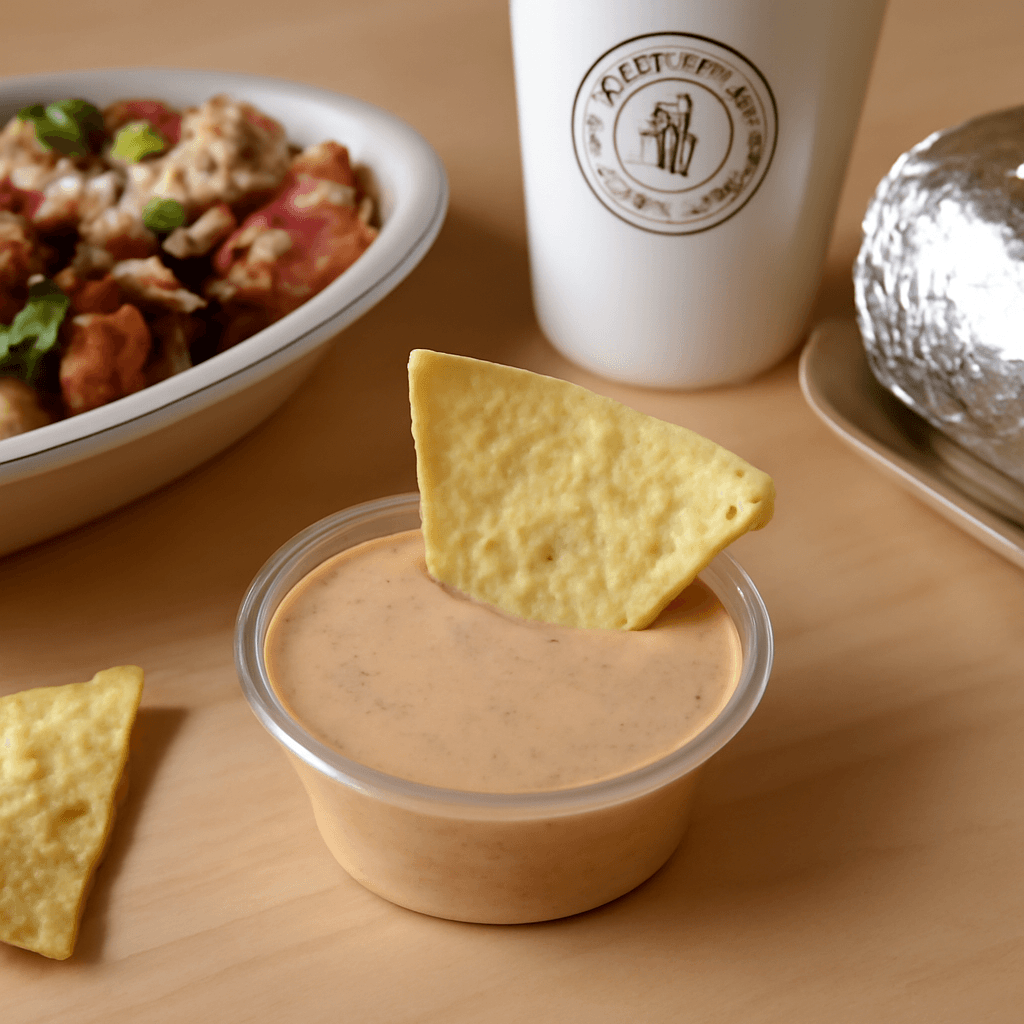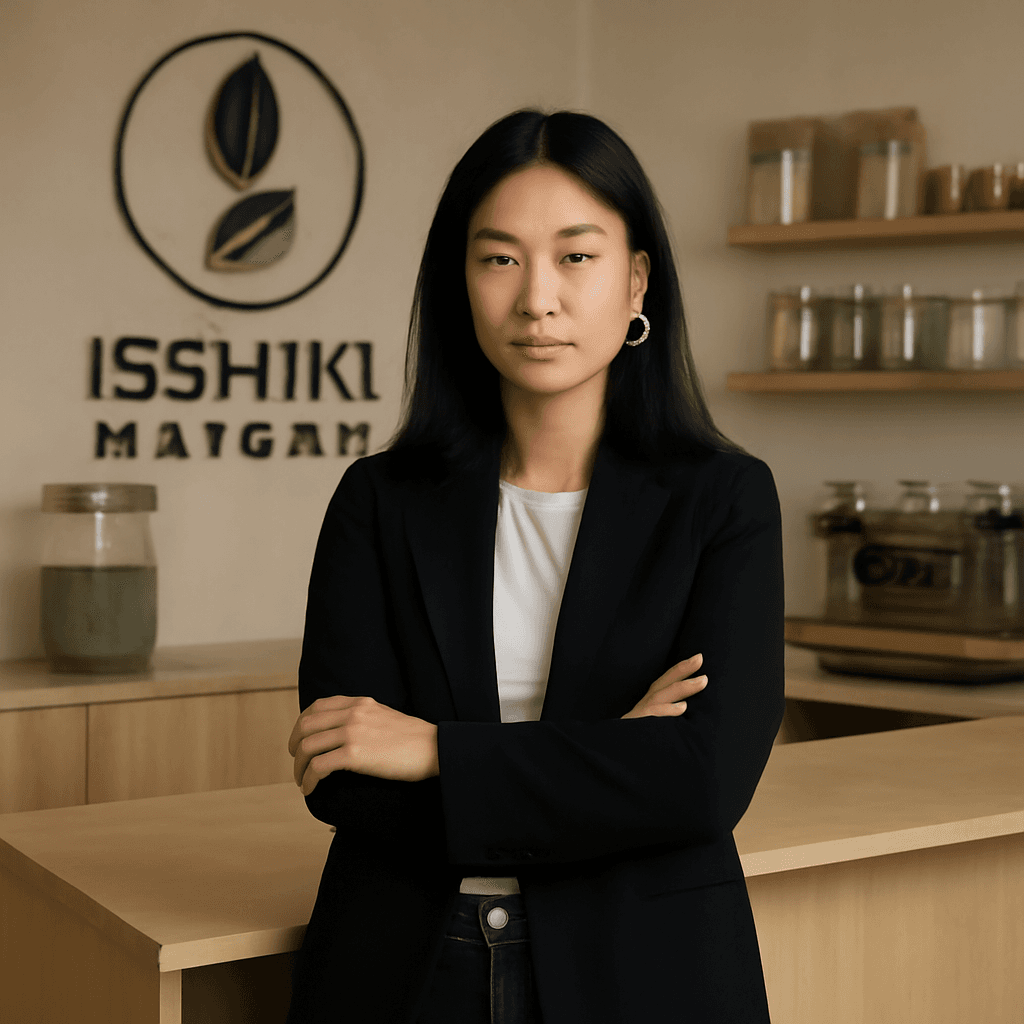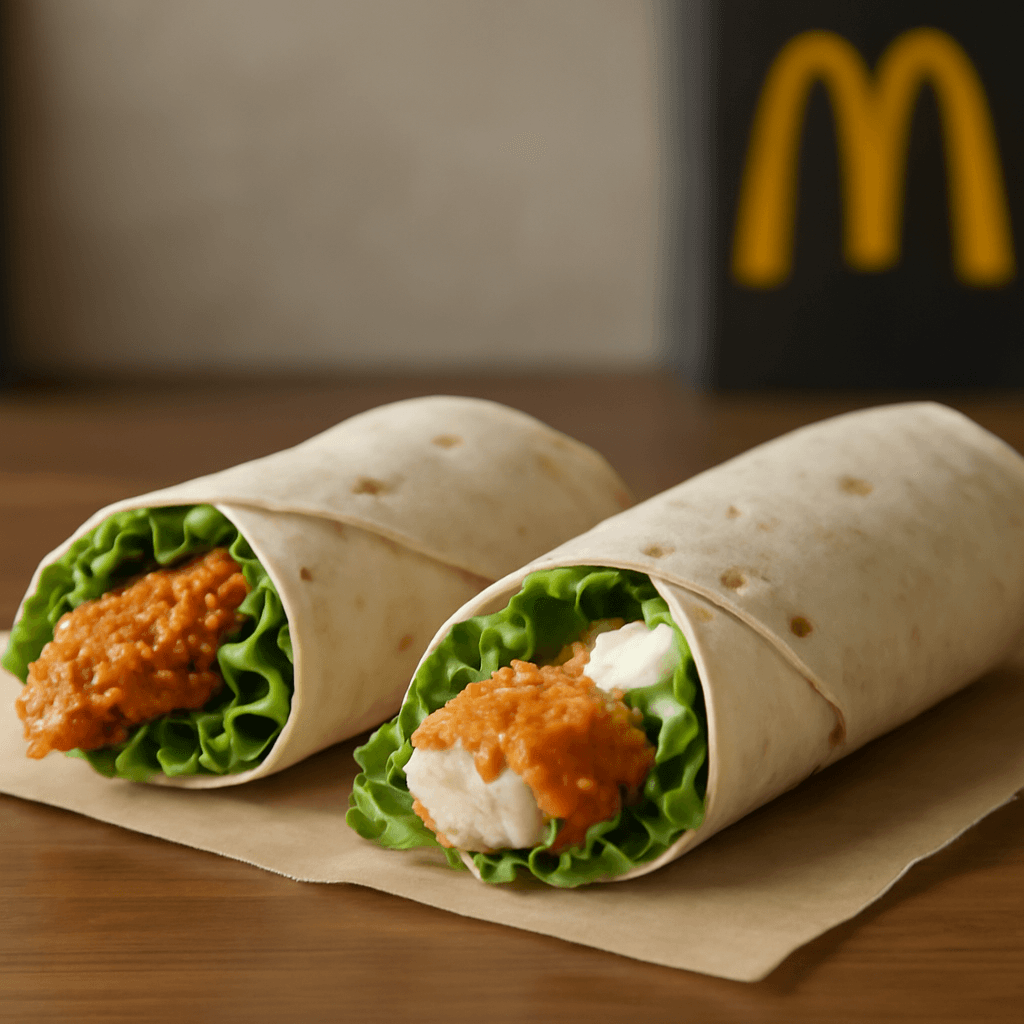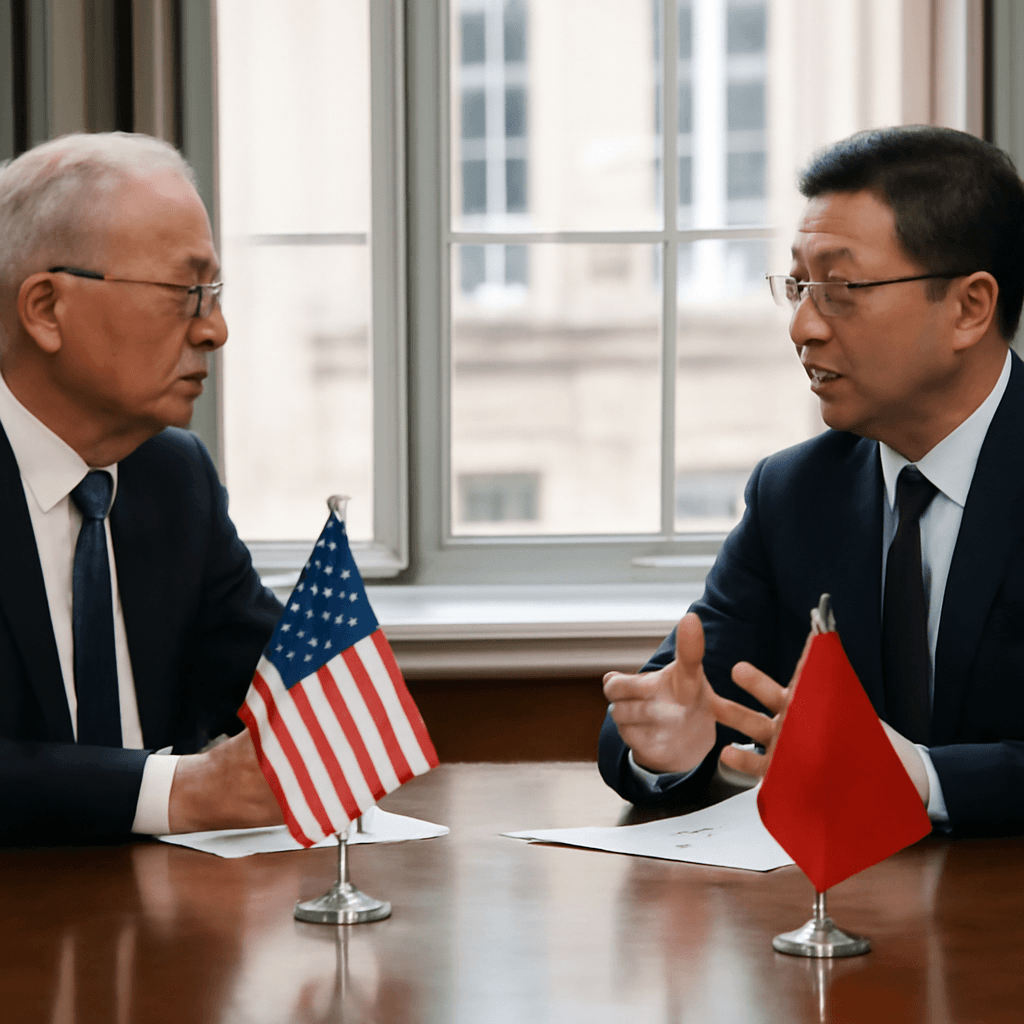Chinese Coffee Chains Eye U.S. Market with Ambitious Expansion Plans
Leading the charge in China's booming coffee culture, homegrown giants are now setting their sights across the Pacific, aiming to capture American coffee drinkers. The spotlight shines particularly on Luckin Coffee, which has surged ahead as the country's largest coffee chain with over twice as many locations as Starbucks within China.
Despite a turbulent past — including a scandal that led to its Nasdaq delisting in 2020 — Luckin has bounced back with an aggressive blend of innovative flavors and steep discounts, sometimes offering cups for as low as $1.40. Now, the brand is plotting its boldest move yet: opening a flagship store in lower Manhattan, marking its most significant international foray to date.
New York: The Gateway for Chinese Brands Abroad
The Big Apple’s diverse, young demographic and cosmopolitan vibe makes it an ideal testing ground, according to industry analysts. While it's among the most competitive global markets, New York’s cultural fabric provides fertile ground for foreign brands seeking legitimacy and growth.
Closely following Luckin, Cotti Coffee — founded by former Luckin executives after departing amid the scandal — has launched outlets in Brooklyn and Manhattan. Like Luckin, Cotti has rapidly expanded in China and ventured internationally, with locations extending from Southeast Asia to Dubai and California.
Unique Offerings and Tech-Driven Service
Both chains differentiate themselves through bold pricing strategies and imaginative products. Where purists might balk, these brands tap into popular trends blending coffee with bubble tea influences. For instance, Luckin’s alcohol-infused latte, made in partnership with a renowned Chinese liquor brand, sold over 5.4 million cups on its first day in 2023, raking in more than $13.7 million in revenue.
Technology also plays a critical role. Leveraging China's ubiquitous mobile platforms, customers order and receive deliveries within minutes, bypassing traditional café wait times. Vertical control of coffee bean processing further helps keep costs down — a competitive edge that might be challenged when crossing into U.S. territory.
Challenges Ahead in the U.S. Market
While budgeting-friendly pricing helped win customers in China, replicating this success in New York is no simple feat. Market experts note that higher wages, varied payment methods, and potential tariffs could narrow the cost advantage these brands currently enjoy at home.
Take Cotti’s bold hook in New York: selling drinks for just 99 cents to first-time users who download their app. Although this undercuts Starbucks, analysts predict the price gap between these Chinese chains and the American giant will shrink compared to what consumers see in China.
Moreover, to thrive, these brands must transcend novelty status. Without becoming part of regular routines, they risk remaining niche curiosities rather than everyday staples. The key lies in appealing to a broad, local audience rather than solely tourists or adventurous consumers.
Looking Toward a Global Coffee Future
Should Luckin’s New York launch prove successful, further U.S. expansion is likely on the horizon. Other Chinese beverage chains, like tea specialist HeyTea, have already tested U.S. markets with openings in cities like Boston, Seattle, and Los Angeles after debuting in New York.
Interestingly, despite ongoing geopolitical tensions, younger American demographics tend to have a more favorable view of Chinese products, creating a fertile ground for these brands to grow. With inflation pushing consumer prices higher, affordable coffee options could win over thrifty New Yorkers eager to balance quality and cost.
In the end, the success of Chinese coffee chains in the U.S. will hinge on their ability to blend innovation, local adaptation, and competitive pricing into a formula that resonates beyond curiosity and into daily habit.

